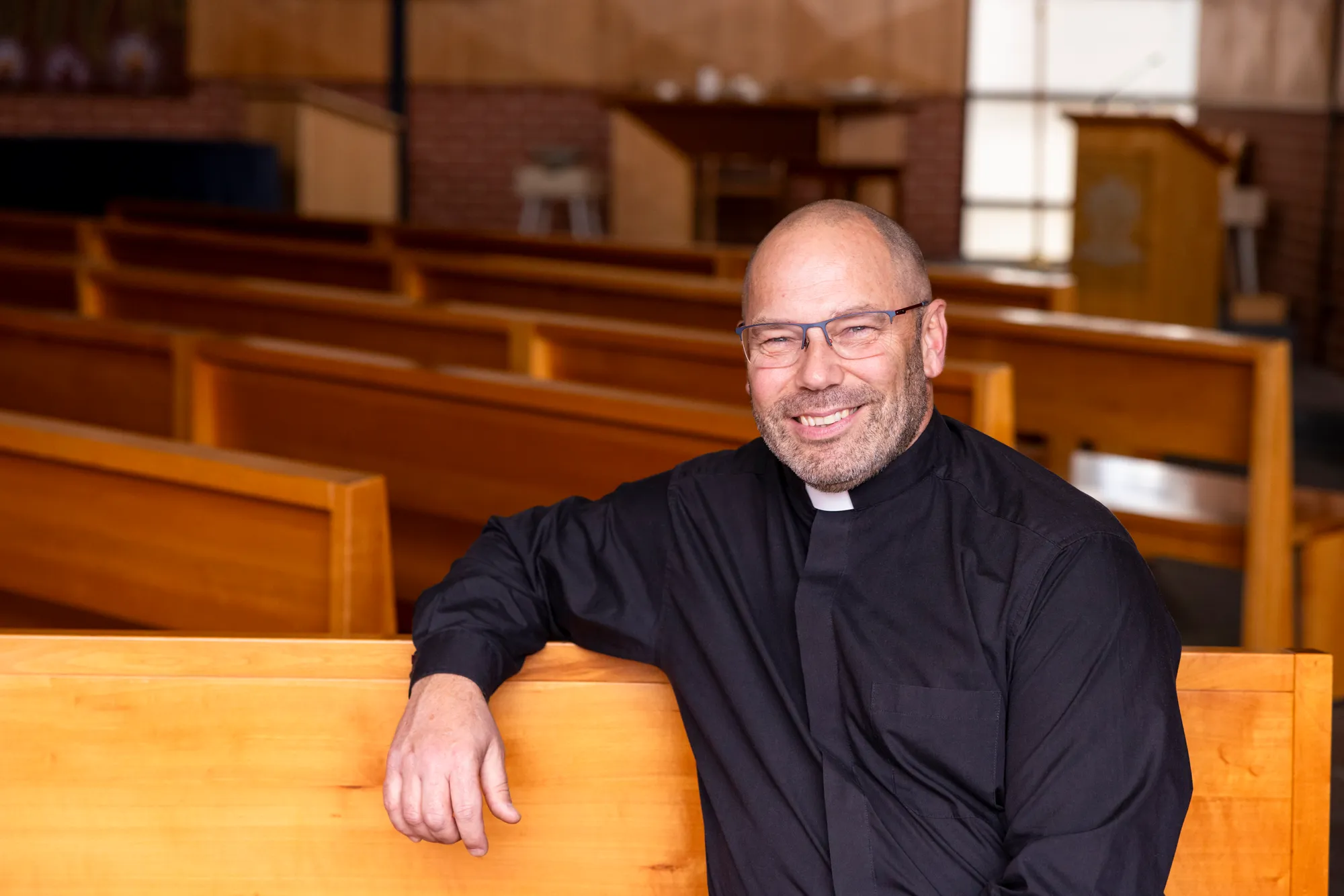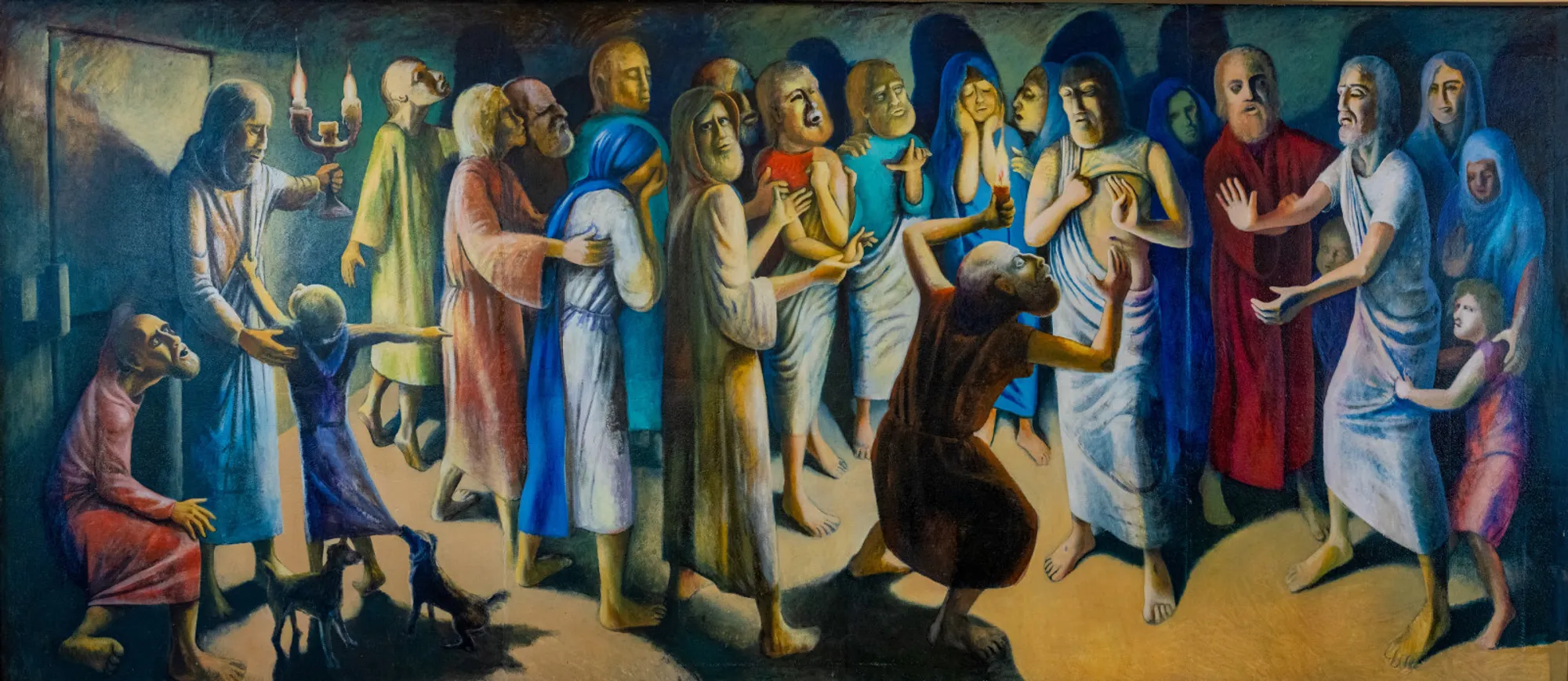A sense of wonder
By Rev. Andy Fleming, Associate Chaplain

The thing I enjoy most in Godly Play is hearing the students share their wonderings. The simple phrase "I wonder..." underpins the inquiry process across all subject areas.
In my former role as a Health and Physical Education (HPE) teacher, I recall shifting from an explicit teaching model to an inquiry-based approach when teaching golf. Rather than using the traditional instructional method of modelling and copying, I handed students a club and a ball and said, “You have four weeks to explain to me what makes a golf swing ‘successful.’” In essence, I was asking them, “I wonder if you can figure out how to best hit a golf ball?”
This style of inquiry has helped me cultivate a deeper sense of wonder myself—especially when I read the Bible. The Easter season offers many opportunities for wondering. For example, when reading John’s resurrection account, we not only wonder at the mystery of the resurrection, but we also witness the wonderings of Mary Magdalene at the tomb and of Peter and John as they race to see what has happened.
There is much to ponder in the “empty spaces”—those moments where no clear explanation is given. One such space is found in the experience of the apostle Thomas, often, and perhaps unfairly, labelled 'Doubting Thomas.'
Thomas is absent when Jesus first appears to the other disciples. We’re not told why. Had he slept in that morning? Had he withdrawn to process his grief? Was he simply running an errand? We’re left to wonder.
When the other disciples tell Thomas that Jesus has risen, he famously replies:
"Unless I see the mark of the nails in his hands, and put my finger in the mark of the nails and my hand in his side, I will not believe." – John 20:25
It is another week before Thomas sees Jesus. We might wonder what was going through his mind during that time. Unlike us, Thomas didn’t have the benefit of modern tools or widespread evidence to ease his doubt—only the testimony of his friends. I imagine many conversations took place that week about seeing Jesus and how the disciples were responding to his call to receive the Holy Spirit. Thomas must have spent that time wondering deeply about their experience.

When Jesus finally appears to Thomas, his wondering ceases. The truth stands before him.
Our wonderings lead us to search for truth and help us move forward in faith. Like Thomas, we too experience moments of uncertainty that can shape and strengthen our belief. According to tradition, Thomas’ faith eventually took him to India, where he shared the good news of the risen Christ.
May our own wonderings—especially in moments of doubt or confusion—draw us closer to truth, to faith and to God.
Go in peace,
Rev. Andy
